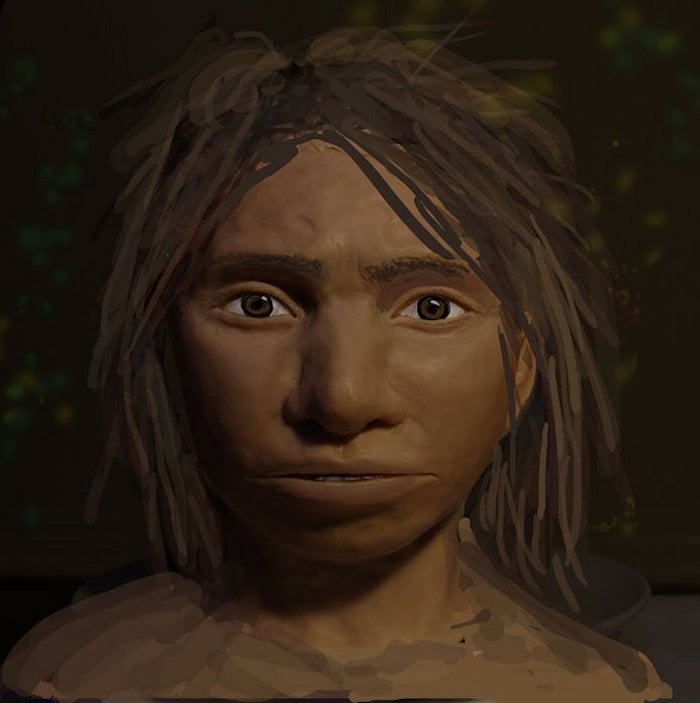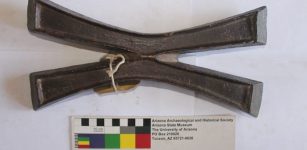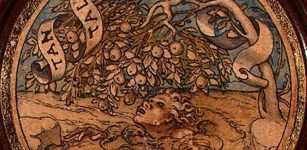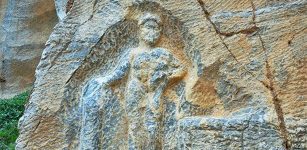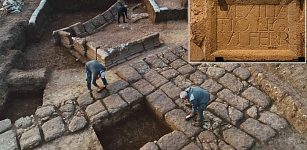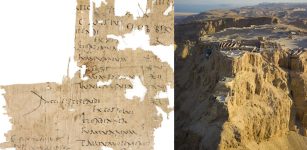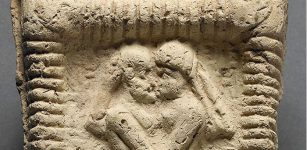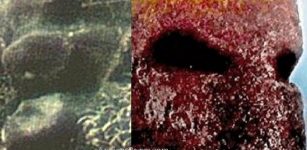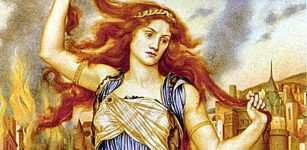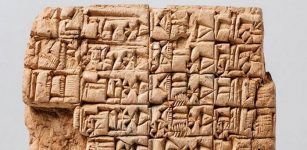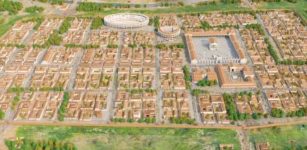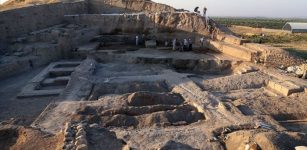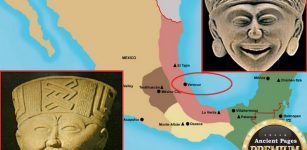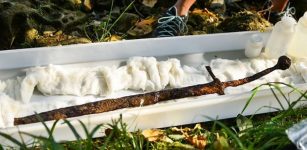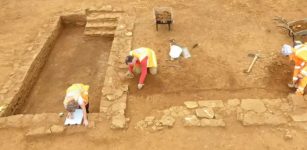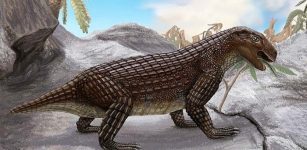Denisovans In The Altai Mountains: A Hominin Group That Interbred With Modern Humans
Eddie Gonzales Jr. – AncientPages.com – Researchers suggest that the Denisovans, a newly identified hominin group, significantly influenced early human history through their interbreeding with modern humans. It is believed that this genetic exchange transpired across multiple distinct events.
A preliminary portrait of a juvenile female Denisovan based on a skeletal profile reconstructed from ancient DNA methylation maps. Credit: Maayan Harel
In 2010, the first draft of the Neanderthal genome was published, and comparisons with modern human genomes revealed that Neanderthal and modern humans had interbred in the past.
A few months later, analysis of a genome sequenced from a finger bone excavated in the Denisovan cave in the Altai mountains in Siberia revealed that this bone fragment was from a newly discovered hominin group that we now call Denisovans, who also interbred with modern humans.
“This was one of the most exciting discoveries in human evolution in the last decade,” said Dr. Linda Ongaro, Postdoctoral Research in Trinity College Dublin’s School of Genetics and Microbiology, and first author of a new review article published in Nature Genetics.
“It’s a common misconception that humans evolved suddenly and neatly from one common ancestor, but the more we learn, the more we realize interbreeding with different hominins occurred and helped to shape the people we are today.
Overview of the distinct Denisovan populations that introgressed into modern humans. Credit: Nature Genetics (2024). DOI: 10.1038/s41588-024-01960-y
“Unlike Neanderthal remains, the Denisovan fossil record consists of only that finger bone, a jawbone, teeth, and skull fragments. But by leveraging the surviving Denisovan segments in Modern Human genomes, scientists have uncovered evidence of at least three past events whereby genes from distinct Denisovan populations made their way into the genetic signatures of modern humans.”
Each of these presents different levels of relatedness to the sequenced Altai Denisovan, indicating a complex relationship between these sister lineages.
In the review article, Dr. Ongaro and Prof. Emilia Huerta-Sanchez outline evidence suggesting that several Denisovan populations, who likely had an extensive geographical range from Siberia to Southeast Asia and from Oceania to South America, were adapted to distinct environments.
They further outline a number of genes of Denisovan origin that gave modern day humans advantages in their different environments.
Dr. Ongaro added, “Among these is a genetic locus that confers a tolerance to hypoxia, or low oxygen conditions, which makes a lot of sense, as it is seen in Tibetan populations; multiple genes that confer heightened immunity; and one that impacts lipid metabolism, providing heat when stimulated by cold, which confers an advantage to Inuit populations in the Arctic.
“There are numerous future directions for research that will help us tell a more complete story of how the Denisovans impacted modern day humans, including more detailed genetic analyses in understudied populations, which could reveal currently hidden traces of Denisovan ancestry. Additionally, integrating more genetic data with archaeological information—if we can find more Denisovan fossils—would certainly fill in a few more gaps.”
Written by Eddie Gonzales Jr. – AncientPages.com - MessageToEagle.com Staff Writer

